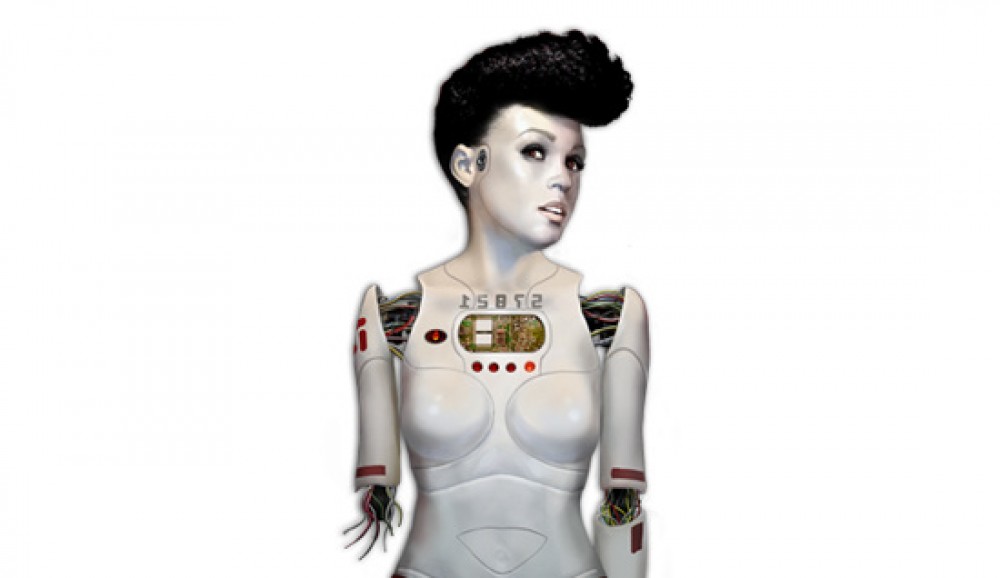Understanding Samuel Delany’s 1976 sci-fi tale Trouble on Triton as a prequel to his 1979 fantasy tale, Tales of Nevèrÿon is a bit of a convoluted task in that it requires the reader to defamiliarize the notion of “pre” (as in prequel) from the notion of a strictly chronologically determine before and after; Nevèrÿon is set at the dawn of a seemingly ancient civilization, while Triton chronicles the socio-political landscape of the populated moon Triton which is at war with Earth – along with other worlds and moons – in the future year of 2112. This defamiliarization, of course, can easily be seen to be in league with Delany’s rather didactic yet critically useful project to defamiliarize and question gender constructions, sex and race as fixed biological concepts or realities, and language as a system of communication. Furthermore, we might see the palindromical setting of 2112 as representative or symbolic of the idea that something, even time, might be the same front to back and back to front.
Delany takes on what are arguably rather abstract epistemological issues related to time and language in both books; he achieves this by interlocking structure – including syntax & punctuation and the non-chronological seriality of the books – with content – direct discussion of language as closed and limited but also fruitful and constructive – in a clever and multi-valenced way.
However, he also touches on the perhaps more easily understood issue of currency-based versus barter and credit economies. Putting the discussion of the relative merits of money usage on Earth versus those of the pure use of credit on Triton (Triton 151-2) in conversation with Old Venn’s assessment of the shift from a barter to a money economy in Nevèrÿon (Nevèrÿon 82-84) provides a critique of each of these systems in relation to social welfare, quality of life, (gendered) structures of economic power, fairness and vulnerability, and governmental power. This intertextual conversation suggests that the barter system is the one which, comparatively, fosters: the most equality, particularly in relation to gender; passion on the part of craftspeople for their craft rather than for money; a more healthy relationship between time, labor, and product; better interpersonal and familial relationships; and a stronger social contract and sense of trust among community members.
fosters: the most equality, particularly in relation to gender; passion on the part of craftspeople for their craft rather than for money; a more healthy relationship between time, labor, and product; better interpersonal and familial relationships; and a stronger social contract and sense of trust among community members.

Hi Celine — Thanks for taking on that complicated question of Triton as prequel here. As you suggest, there are many ways to understand Triton as such and Delany is asking us to re-think the very term “prequel,” especially, as you note, that “pre.” Delany also foregrounds here the spatio-temporal dimensions of SF and fantasy: If Triton is premised on a particular relationship to time (the future) in space, Neveryon takes us back to the earth. The “Return,” opens with a provocative tethering of space and time in Neveryon: “Come to a far when, a distant once, a land beyond the river–but a river running no-on-knows-where.”
Your thoughts also reminded me of Delany’s comments in his essay, “To Read the Dispossessed” that sword-and-sorcery ( a subgenre of fantasy that begins with Robert Howard’s Conan series and also includes Delany’s Neveryon series) is situated right on the cusp of the transition from a barter economy to a money-based economy. Science fiction, on the other hand, reflects the transition from a money-based system to a credit economy. So, this is another way to think, in economic terms, about the relationship between Neveryon on Trouble and Triton.